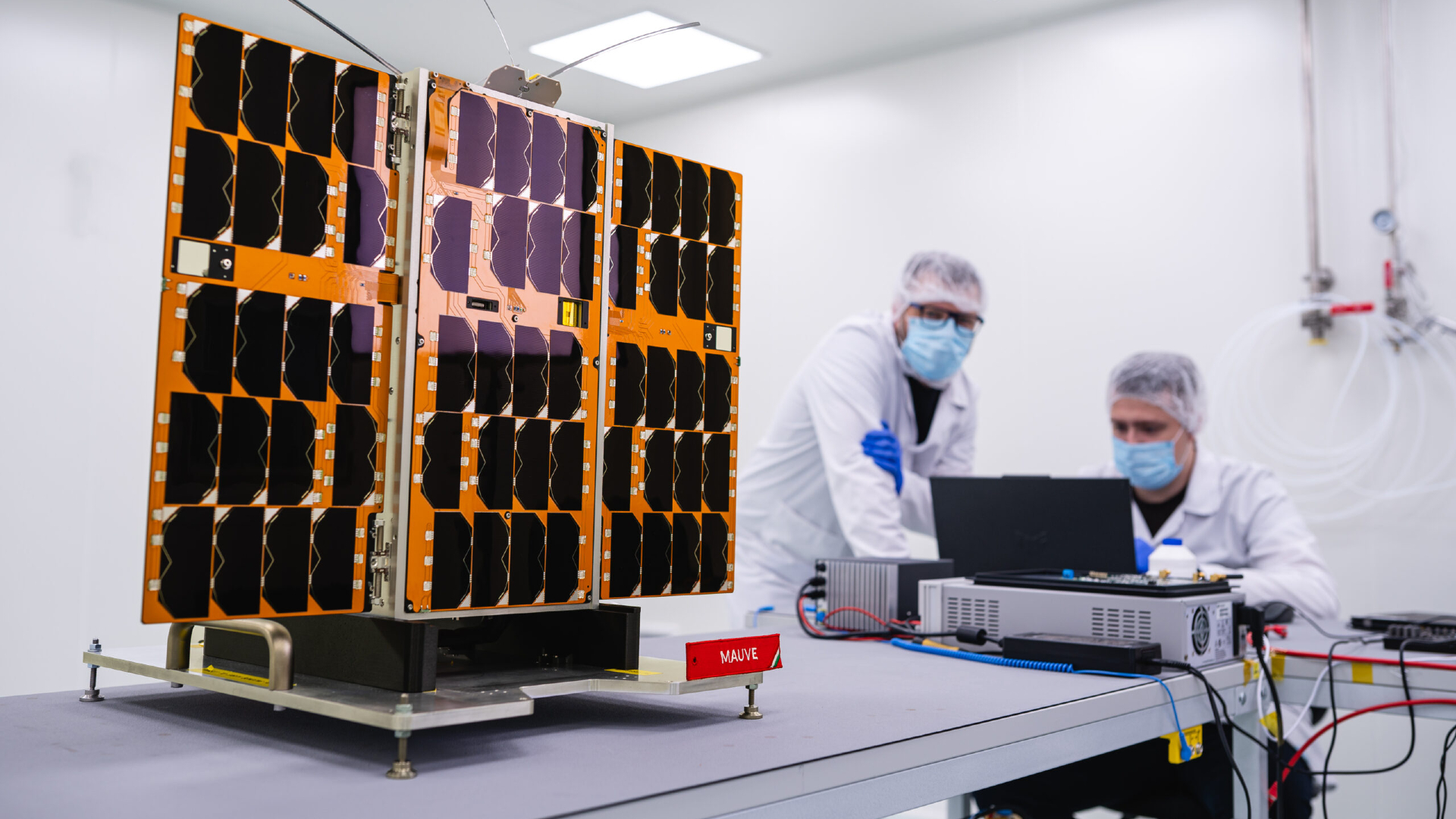
SpaceX Cargo Launch Still On Track Despite Crew Dragon Anomaly, NASA Says

As NASA and SpaceX look into cause of an accident that marred an uncrewed test of SpaceX's Crew Dragon capsule Saturday (April 20), agency officials say the company's upcoming space station launch — which uses a different type of Dragon spacecraft — is still on target.
During a press teleconference today (April 22) on the science scheduled to launch to the space station, NASA public affairs officer Joshua Finch confirmed the cargo launch's target date.
"The NASA and SpaceX teams are still assessing the anomaly that occurred," Finch said, "but I can tell you we are still tracking, as of today, for Tuesday, April 30, and that launch will be at 4:22 a.m. Eastern time," Finch said, directing reporters to an official statement from NASA Administrator Jim Bridenstine.
The cargo launch, from Florida's Cape Canaveral Air Force Station, had already been pushed back from April 26 due to what NASA officials called station and orbital mechanics constraints.
The April 20 Crew Dragon accident occurred during a test firing of the capsule's SuperDraco abort engines, causing large plumes of smoke visible from nearby. There were no injuries, 45th Space Wing officials told Florida Today.
The Crew Dragon's eight SuperDraco engines are designed to pull the spacecraft free of its Falcon 9 rocket during a launch emergency and carry an astronaut crew to safety. SpaceX's cargo version of Dragon spacecraft is not built to carry astronauts, and does not have the SuperDraco abort engines.
- SpaceX Crew Dragon Splashes Down in Atlantic to Cap Historic Test Flight
- SpaceX's Crew Dragon Looks Just Like a Toasted Marshmallow After Fiery Re-Entry
- In Photos: SpaceX's Dragon CRS-16 Cargo Launch and Rocket 'Water Landing'
Email Sarah Lewin at slewin@space.com or follow her @SarahExplains. Follow us on Twitter @Spacedotcom and on Facebook.
Breaking space news, the latest updates on rocket launches, skywatching events and more!
Join our Space Forums to keep talking space on the latest missions, night sky and more! And if you have a news tip, correction or comment, let us know at: community@space.com.

Sarah Lewin started writing for Space.com in June of 2015 as a Staff Writer and became Associate Editor in 2019 . Her work has been featured by Scientific American, IEEE Spectrum, Quanta Magazine, Wired, The Scientist, Science Friday and WGBH's Inside NOVA. Sarah has an MA from NYU's Science, Health and Environmental Reporting Program and an AB in mathematics from Brown University. When not writing, reading or thinking about space, Sarah enjoys musical theatre and mathematical papercraft. She is currently Assistant News Editor at Scientific American. You can follow her on Twitter @SarahExplains.
